Two months after WP7 phones initially hit the market, the company has issued a status report in the form of a press release phrased as an interview with Achim Berg, the vice president of business and marketing for Windows Phones.
Berg said that WP7 sales were "inline with our expectations," and stated that "phone manufacturer sales," defined as "phones being bought and stocked by mobile operators and retailers on their way to customers," had reached a milestone of 1.5 million units in the first six weeks.
Berg said this supply "helps build customer momentum and retail presence," and pointed out while that comparisons to other platforms were "a bit of apples to oranges," that "our numbers are similar to the performance of other first generation mobile platforms."
Berg did not specify whether he was referring to Apple's iPhone in 2007, Google's HTC/Android G1 in 2008, Palm's webOS Pre in 2009, Samsung's Bada Wave in 2010, or Microsoft's own KIN earlier this year, leaving WP7's similarity of performance difficult to qualify. However, the inventory levels WP7 shipments have reached are certainly not flattering when compared to the iPhone.
Early iPhone sales
In 2007, Apple introduced one hardware model with one carrier in one country, without a direct subsidy. This positioned the 8GB iPhone as a $599 device competing against other phones commonly offered for free or deeply discounted by carriers. Apple sold 270,000 in the last couple days of June, and another 1.1 million in the first full quarter it was on sale. During the last month of that quarter, Apple dropped the iPhone's price by a third, leaving it still premium priced at $399 with a two year contract.
By the third calendar quarter of 2007, Apple had already surpassed Microsoft's Windows Mobile in North American market share. Microsoft's established platform already had worldwide exposure, although the vast majority of its sales were in the US.
It wasn't until November that Apple expanded iPhone sales to Europe, which resulted in sales of another 2.3 million. The company subsequently launched the iPhone 3G in the summer of 2008 at a much lower price point, thanks in large part to conventional carrier subsidies and a slightly higher contract price. Apple sold 6.7 million iPhone 3G models in its launch quarter, at which point the company had lined up carriers in 44 countries.
At the end of that quarter, the company reported having less than 6 weeks of inventory in the channel, which the company described as optimal. That inventory padding, which consisted of "phones being bought and stocked by mobile operators and retailers on their way to customers," was stated at the time to be 2 million devices.
The Global Channel
While Microsoft's WP7 represents a new development platform, it is not a new business for the company. Unlike Apple, Microsoft did not need to slowly ramp up sales with a single carrier in the US before slowly going global over the next year. Instead, Microsoft launched WP7 across 60 carriers in 30 countries, including all four major US carriers.
It could do this because the company has established business relationships with carriers as the vendor of Windows Mobile, the previous name of Microsoft's Windows CE-based phone platform. The company also committed $500 million in promoting the WP7 launch, the same amount Apple spent on advertising for all of its products combined last year.
The WP7 inventory Microsoft reports that its hardware makers have shipped to stores within the first six weeks (including launches in Europe, Singapore, Australia, Canada, Mexico and the US) is less than the inventory Apple reported in its inventory channel for the iPhone 3G in 2008. This does not offer any suggestion that consumers are actually buying Windows Phone 7 devices. Instead, it very clearly indicates there are no real sales to report at all. Even Microsoft's lackluster Windows Mobile sales of the past few years represented far more than 1.5 million units per six weeks of sales.
By the time that Apple had created a global channel with the capacity to stock 2 million iPhones "on their way to customers," it had already sold 13 million iPhones. It a significant problem that Microsoft can only report having shipped channel inventory, despite the fact that it has WP7 distribution agreements with all four top US carriers and began selling across Europe from the first day of its launch.
Apple only began expanding beyond its first five European carriers at the launch of the second generation iPhone 3G in July 2008, and didn't reach the extent of Microsoft's sales distribution (or channel inventory capacity) until August 2008. This indicates that WP7 should actually already have much closer to 2 million phones sitting in inventory, even before end users actually being buying them. Anything less than that (and 1.5 million is significantly less) indicates that the channel doesn't want to hold much inventory of WP7 phones because retailers are not sure they're going to actually sell them.
This harmonizes with the complete disinterest in WP7 among consumers observed in the market, despite the fact the WP7 phones are not selling at premium prices like the original iPhone, but rather being promoted in buy-one-get-one offers and at deeply subsided prices, just like other phones on the market.
WP7 performing far worse than Windows Mobile 6
Additionally, Apple's carrier agreements through the beginning of 2008 were all exclusive; the company didn't even begin offering iPhones through competing carriers until that summer, and still hasn't expanded beyond AT&T (yet) in the US. Microsoft began with twice as many carriers as countries however, indicating that most of its carrier agreements are competitive, and logically should accommodate more inventory than were it only selling phones through a single carrier in each country.
Comparing Apple's historical iPhone sales to those of WP7 is not flattering even when ignoring the entire existence of Microsoft's Windows Mobile platform. However, even if we assume that Microsoft will rapidly sell through its inventory and replenish at the same rate of 1.5 million device every six weeks, the company is still well below the historical performance of Windows Mobile, which hasn't been exceptional since the iPhone shipped.
If comparisons to Apple's iPhone seem unfair, consider how Microsoft's international launch of WP7 compares to Samsung's Bada OS platform, which was launched in Europe this summer. Despite running a proprietary operating system that's less than an household name, the new Samsung S8500 Wave sold a million units in just four weeks in Europe, even before reaching the US. The phone sells unlocked for $399, and has hardware comparable to the Samsung's Android-based Galaxy S.
WP7 apps hit milestone of 4,000
Microsoft's announcement did offer some positive sounding news regarding apps for WP7. The new Windows Phone Marketplace now offers 4,000 apps from a variety of developers. The bad news is that Microsoft claimed the previous version of its mobile platform, Windows Mobile 6, had 18,000 commercial apps, but that catalog in and of itself wasn't enough to attract users, particularly in competition with the iPhone.
At the beginning of December, Microsoft announced having "nearly 4,000 apps" available for WP7, indicating that developers' interest in the platform hasn't grown by much throughout December, despite the new app store just having opened.
Follow Daniel Eran Dilger on Twitter
 Daniel Eran Dilger
Daniel Eran Dilger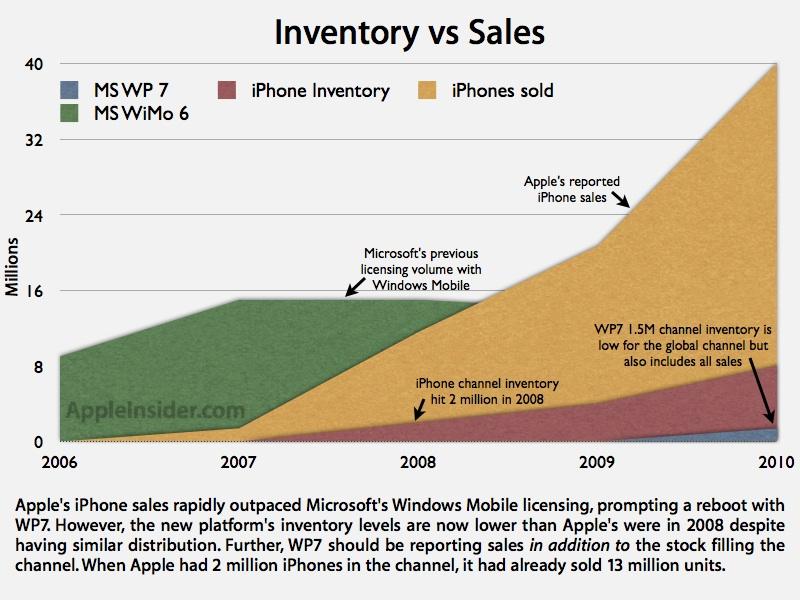

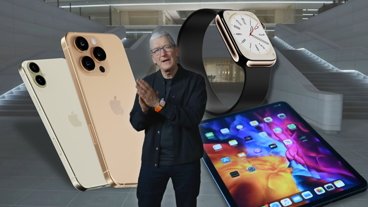

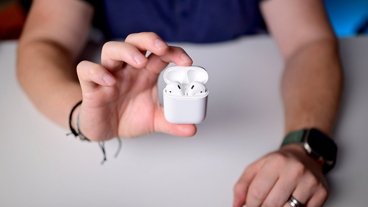
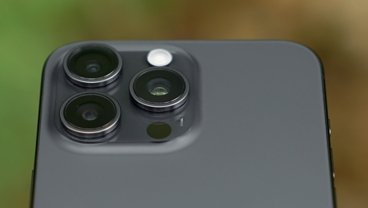
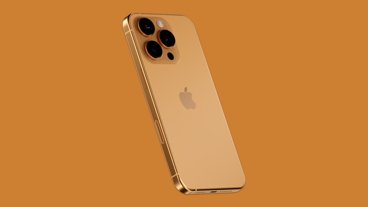
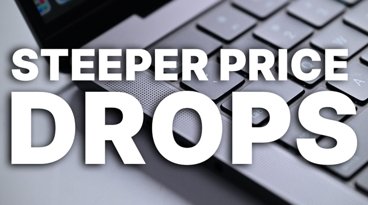

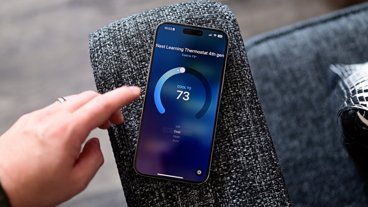
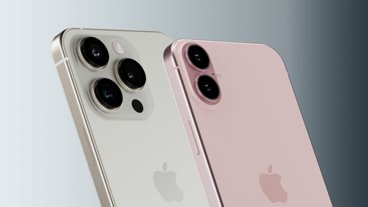
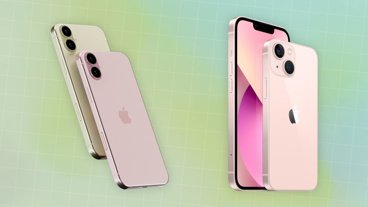

 Charles Martin
Charles Martin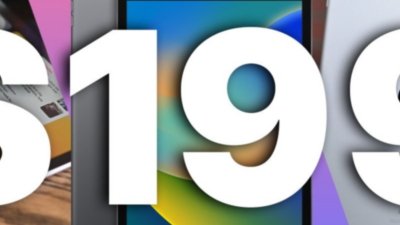
 Christine McKee
Christine McKee
 William Gallagher
William Gallagher
 Andrew O'Hara
Andrew O'Hara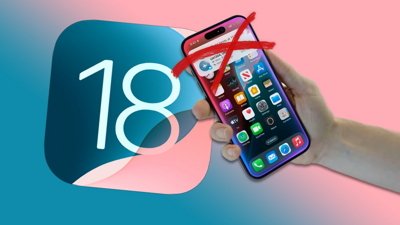
 Malcolm Owen
Malcolm Owen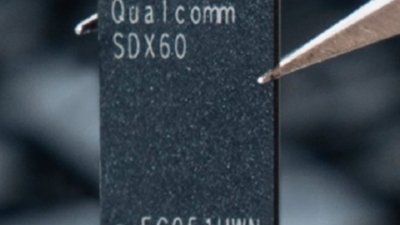
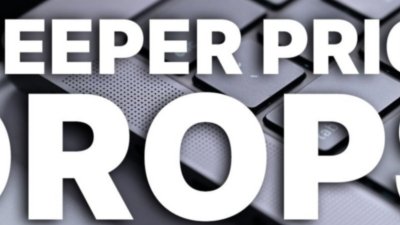
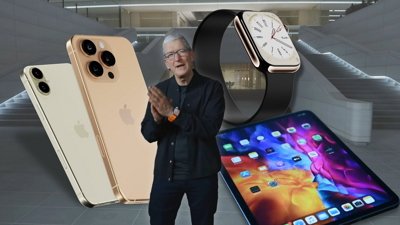

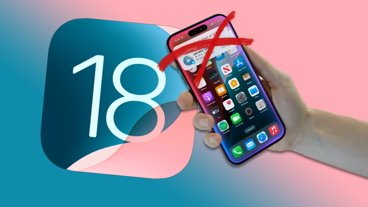
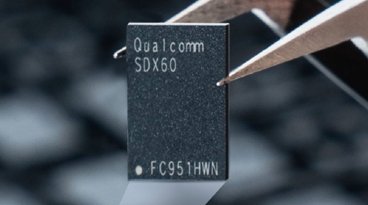
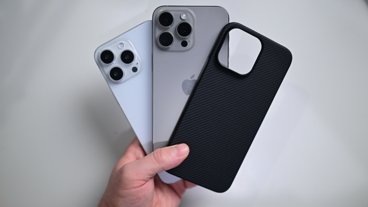


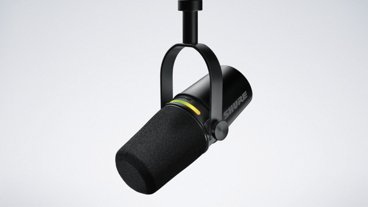

79 Comments
Not surprising given their bizarre advertising campaign declaring WP7 phones to be phones you won't want to actually use.
I happen to like windows phone. I'd pick one up for my parents. Still not even close to prying my fingers from my i4.
Hopefully it will do well enough to take share away from Google.
"inline with our expectations," O.K. They expected to sell 12. Way to go, MS.
Why is building 1.5 million unsold phones a milestone? Is the next milestone dumping these things in a guarded Utah landfill for a tax write off?